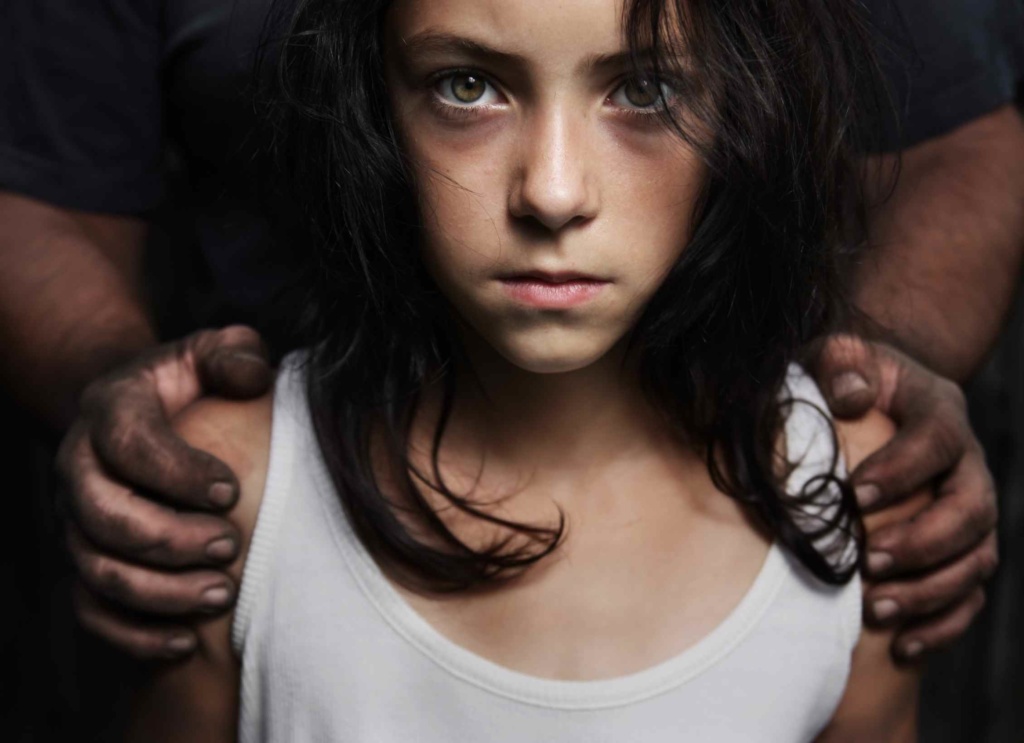
Child exploitation is an issue that requires swift and supportive action from educators. The term refers to a form of abuse that involves a child or young person being used for someone else’s gain and can involve sexual, abusive or manipulative behaviour. It is usually caused by an imbalance of power between the abuser and the abused, such as age, physical strength, gender, cognitive ability or access to essential resources such as food, clothes or a home.
When considering those who may be at risk, it is important to know that exploitation is often hidden and abusers often change their methods to avoid detection. There are many different models of exploitation that someone may be subjected to, but each will follow a different pattern and time frame to meet the needs of the abuser. Due to its varied nature, there is no single offence of child exploitation. Abusers, however, can face investigation for numerous offences, including rape, organised gang activity, forced criminality, sexual assault or inciting a child into sexual activity.
Most forms of child exploitation are formed by building trusting relationships through recruitment, control and exploitation—whether that is by an individual or group. It takes place online and offline and affects young people of all genders, although research has shown that boys are less likely to report being exploited than girls.
As mentioned, child exploitation can take various forms. When it comes to child sexual exploitation, there is a clearer process of stages that usually occur, which proves useful for educators to learn more about spotting and responding to exploitation—recruitment, control and exploitation. Child sexual exploitation (CSE) takes place when a child or young person is coerced, persuaded or forced into sexual activity in exchange for, among other things, money, drugs, alcohol, gifts, affection or status.
Recruitment
Recruitment refers to what can usually be described as a grooming process, despite its various forms. A victim may be persuaded or coerced into acting or doing something they were not intending to do, such as participating in a romantic relationship that becomes a physical, sexual relationship. This process is likely to happen where there is an imbalance of power, for instance, a teacher and a pupil. While there are different models of grooming and recruitment, this is one of the main processes used in CSE and may not only involve the child, but also their parents or carers in order to build trust. A young person may also be recruited by a single abuser or by a group of victims, known as victim facilitators. It is important to note that the recruitment (or grooming) phase doesn’t always take place—sometimes things move straight to the control or exploitation phase instead.
Recruitment is more apparent in instances of forced criminality or child criminal exploitation, where a young person is coerced to commit an offence for the benefit of an individual or group. Those who are vulnerable or who have less power are often recruited by peers or local or national criminal gangs to carry out crimes such as trafficking drugs through county lines. Vulnerable groups are deliberately targeted through the promise of a better lifestyle, money, food or drugs in return for their cooperation.
